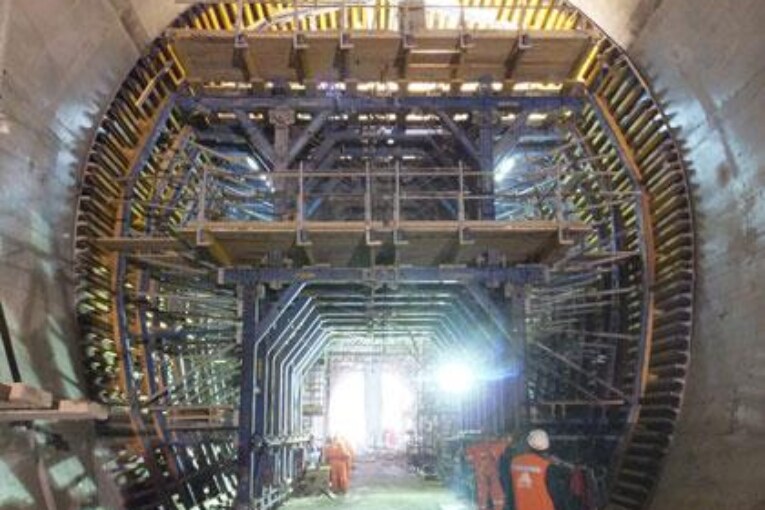
Method of Tunneling
- Fore-Poling Method
- Ancient method, used for running ground.
- Now replace by compressed air tunneling method
- Slow, tedious method but safe.
- Skilled labors and strict provision required.
- Needle Beam Method
- Suitable for firm ground.
- Needle beam consist of a stout timber beam from main temporary support.
- Roof of this drift is lagged with sheeting.
- With help of jacks, drift is widened sideways.
- Belgian Method
- It is used moderately firm or hard soils.
- Heading is widened sideways, and supported by additional crown bars on sill.
- Inserted the shore at side and excavate the mop.
- Austrian Method
- It is also known as “sequential excavation method”.
- A center cut is taken for full height.
- Cut is widened to full face.
- Permit short section of masonry to be completed.
- American Method
- It is used for railway or highway tunneling.
- Walls plates are introduced at the springing supporting the arch set.
- Side is widened.
- English Method
- The main characteristics of this method is excavation of full section of the tunnel at once using longitudinal strutting and alternate of masonry work and excavation.
- It is supported on crown bars.
- Then started excavation of part-2 and put the sill.
- Army Method or Case Method
- It is derived by USA army for constructing small tunnels at shallow depth.
- A top braced is removed and ground is excavated for a short distance.
- The box is moved ahead and set next cap.
- German Method
- In this method 3 drifts are used to support the roof and side.
- One at the crown and rest two are at bottom along the wall.
- Shield Method
- It is used for driving a tunnel through water bearing strata.
- It is equipment which acts as a bridge with roof for workers.
- A shield is a movable frame and it is used to support the face of the tunnel.
- Compressed Air Method
- Most modern method used for tunneling in soft grounds having water bearing strata.
- Timber support is not required.
- Support is provided by compressed air into enclosed space to prevent the collapse of roof and sides of tunnel.


